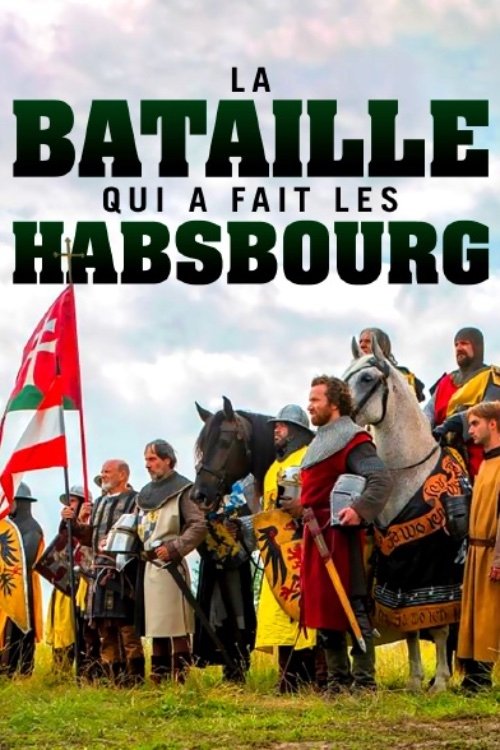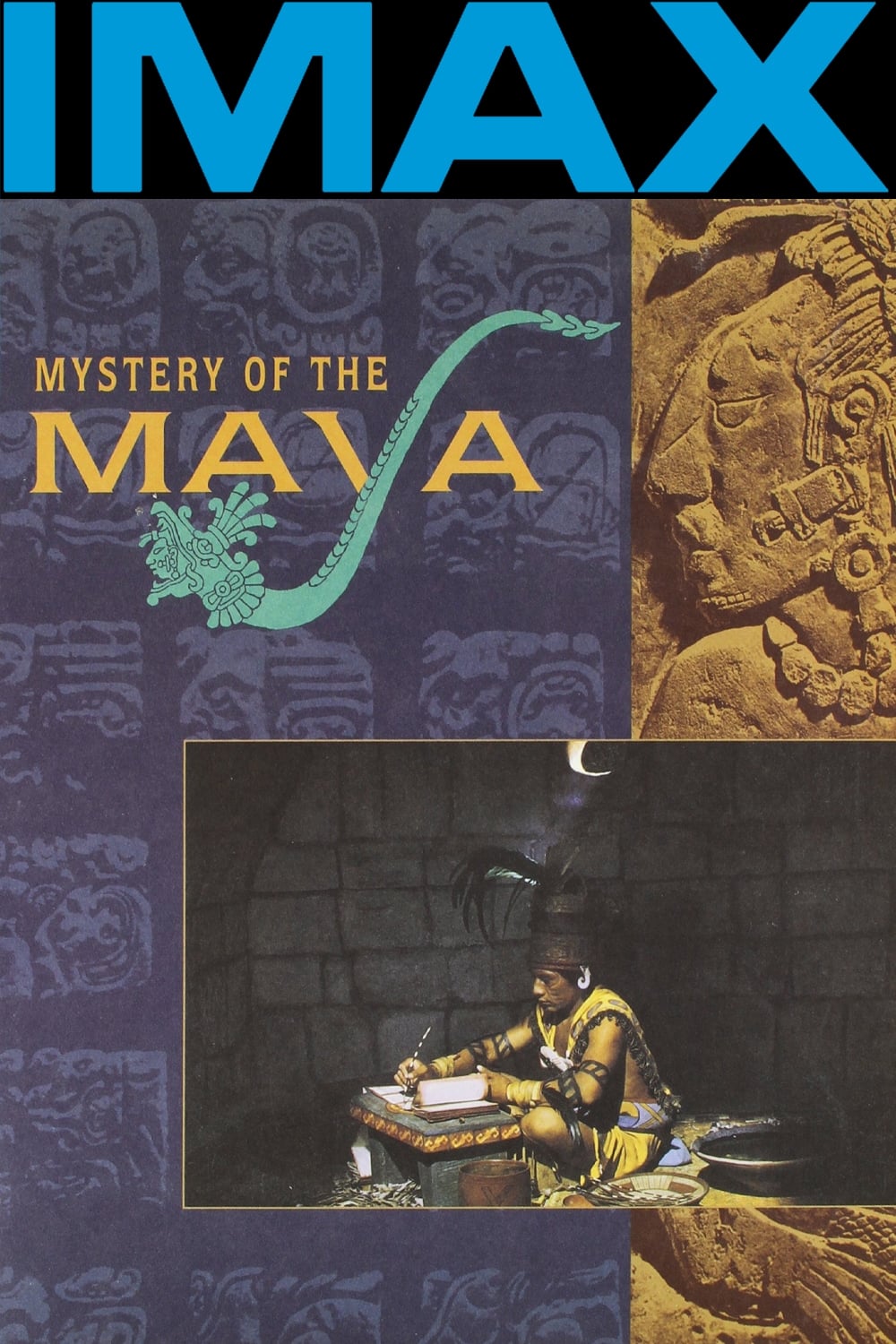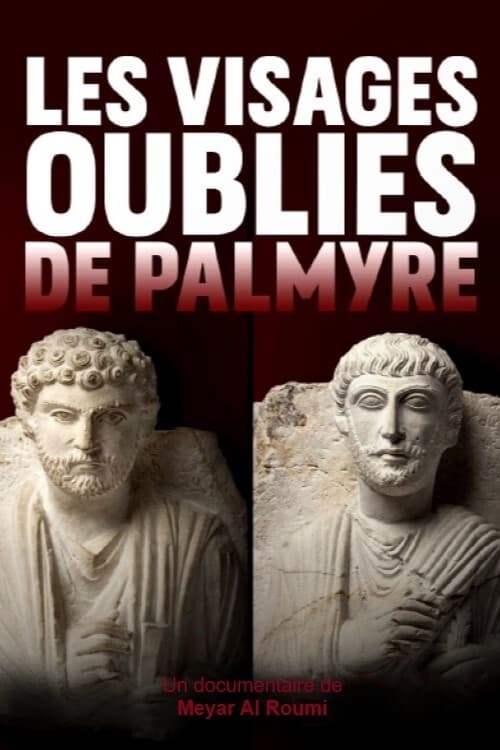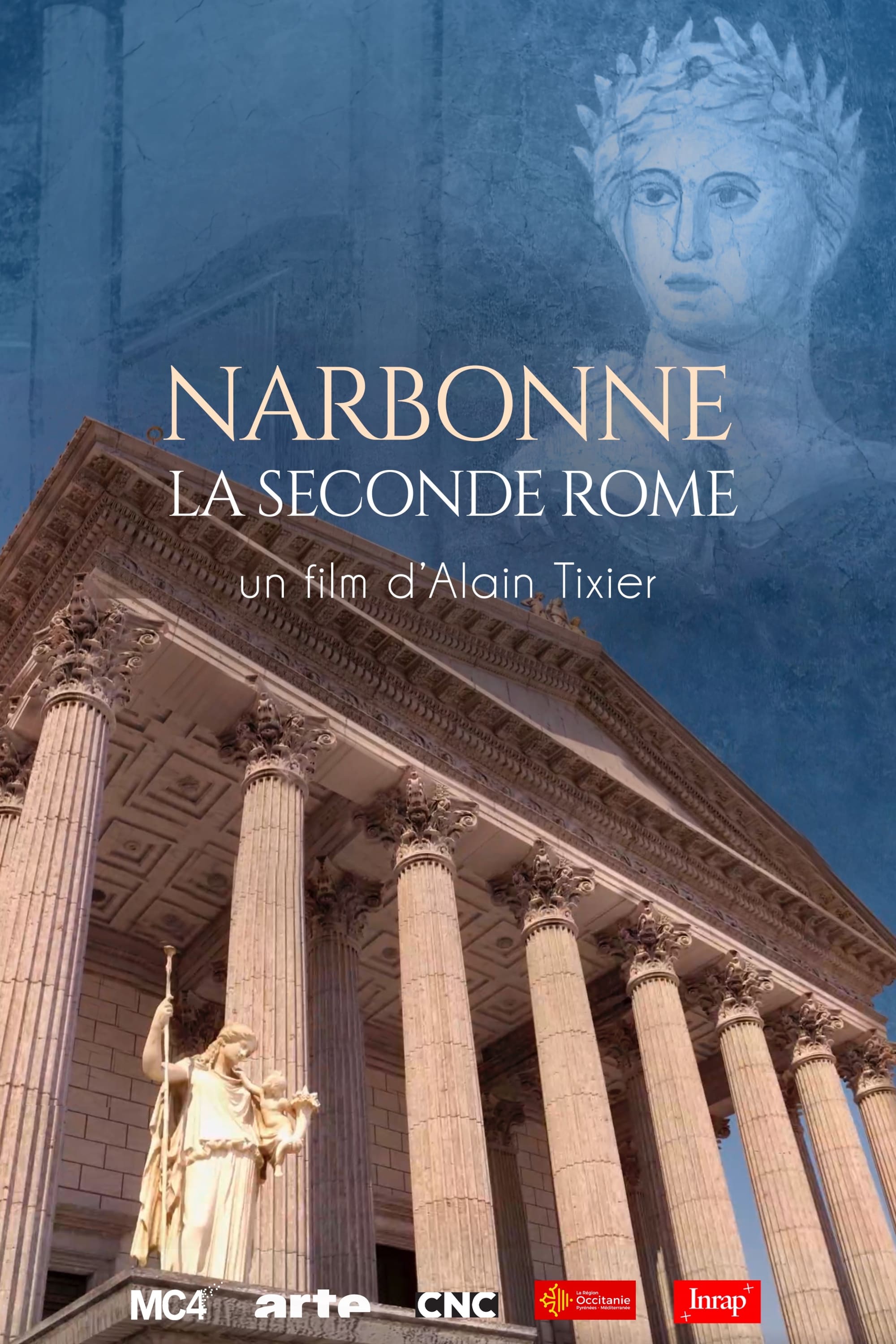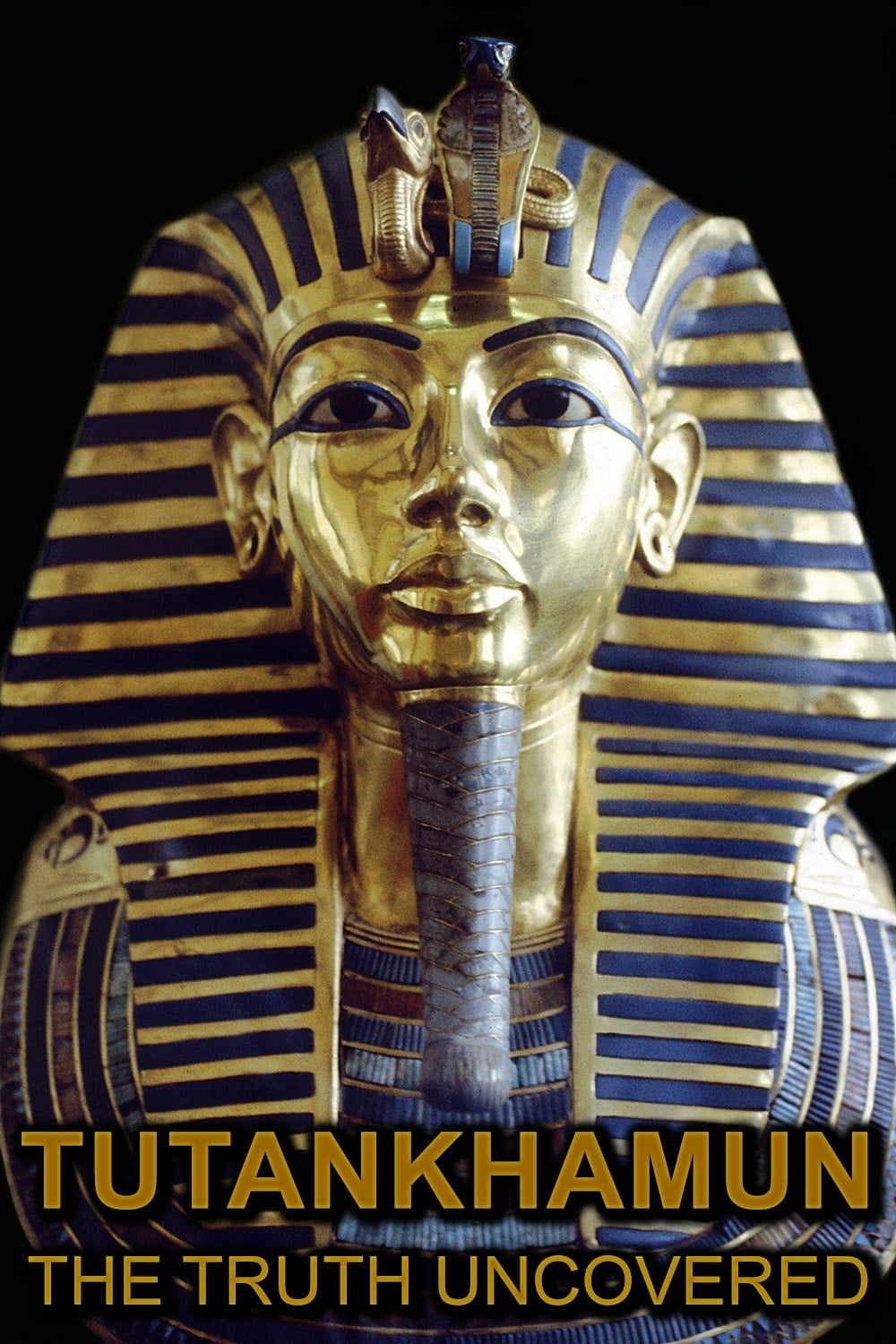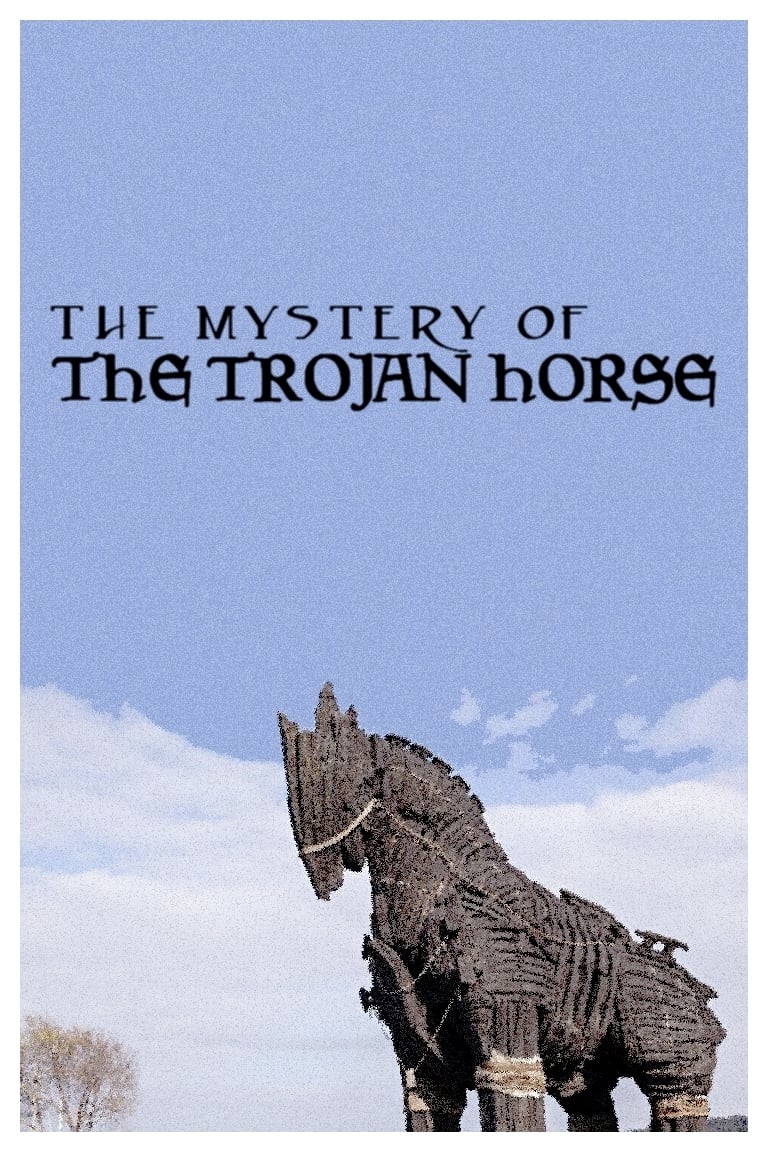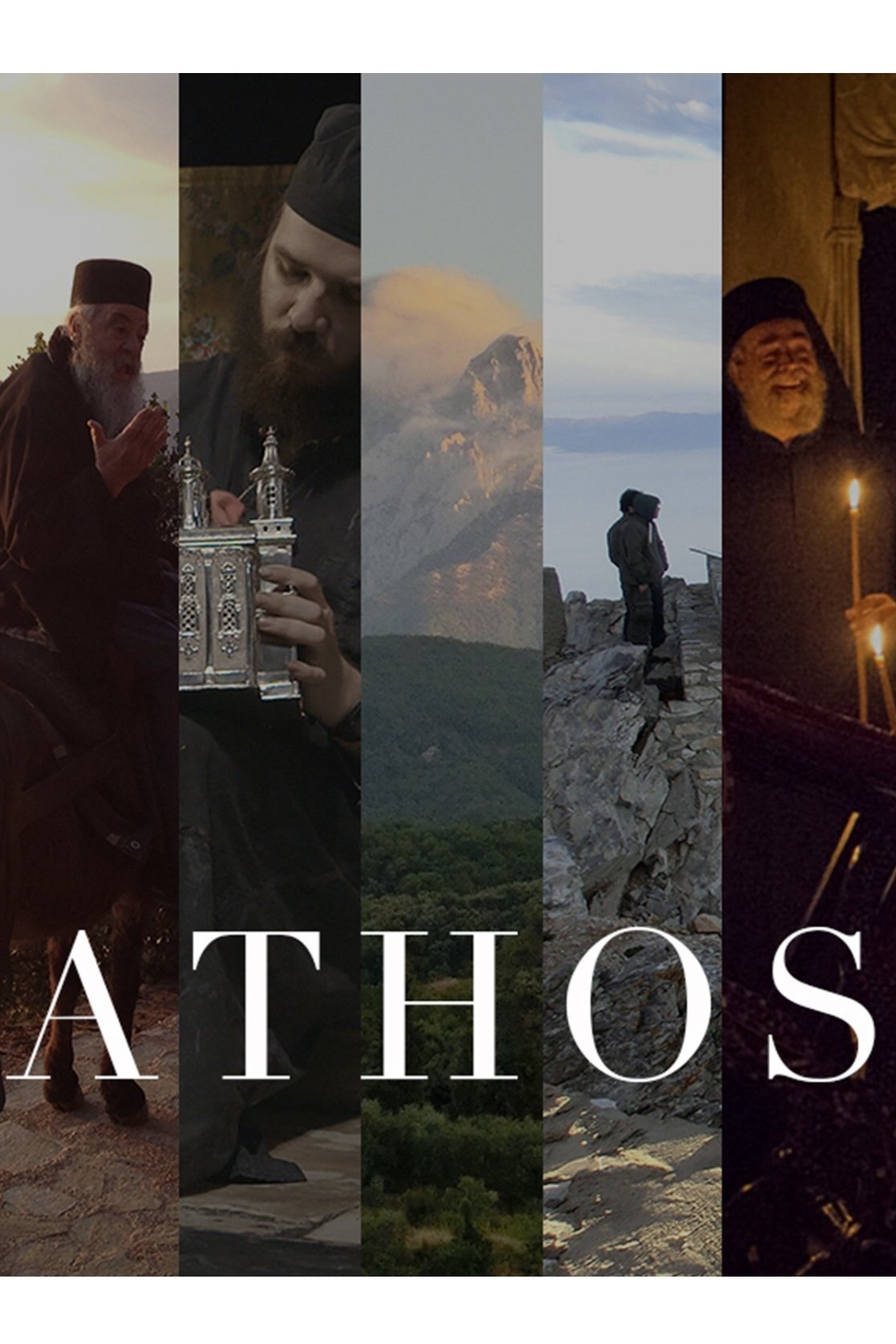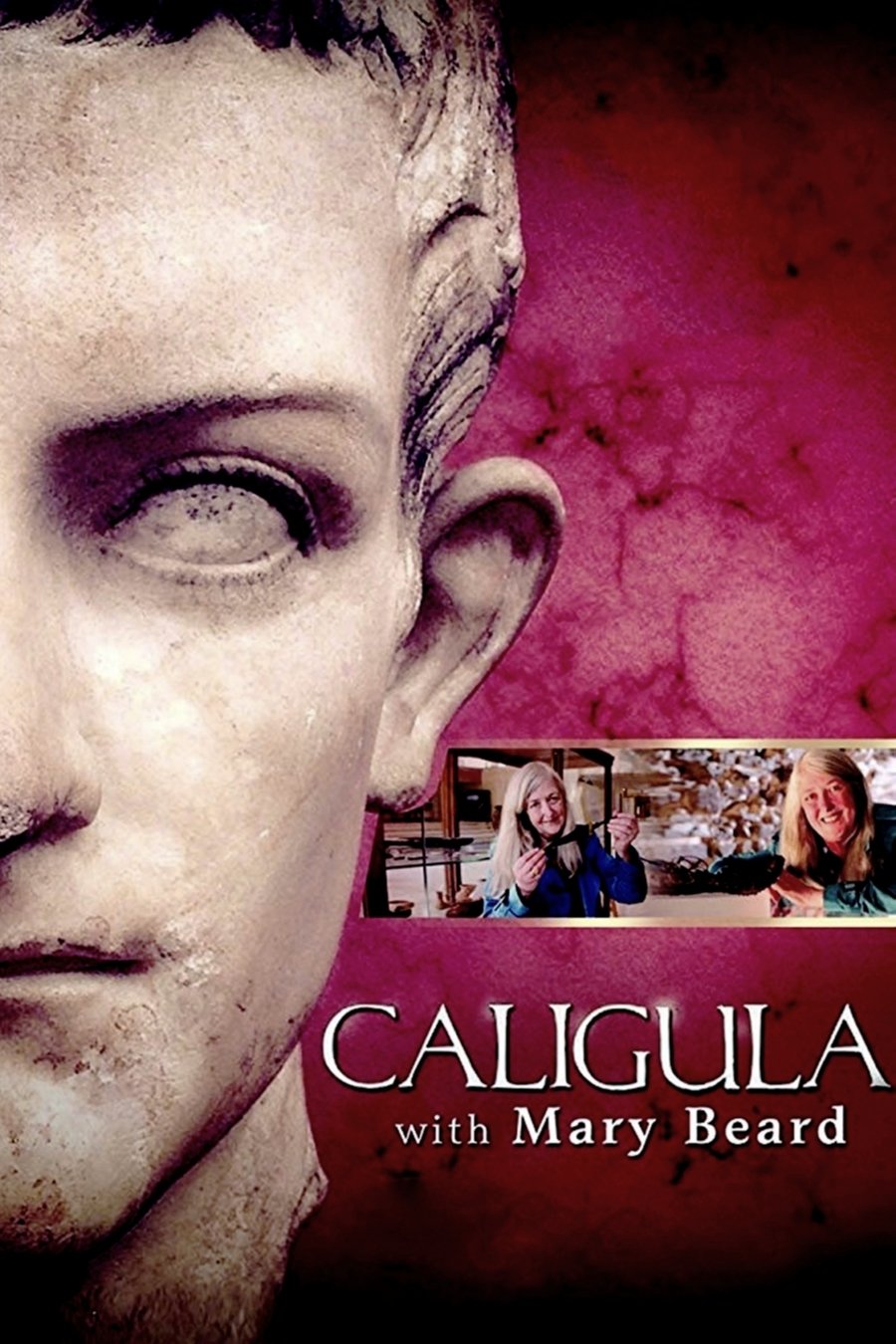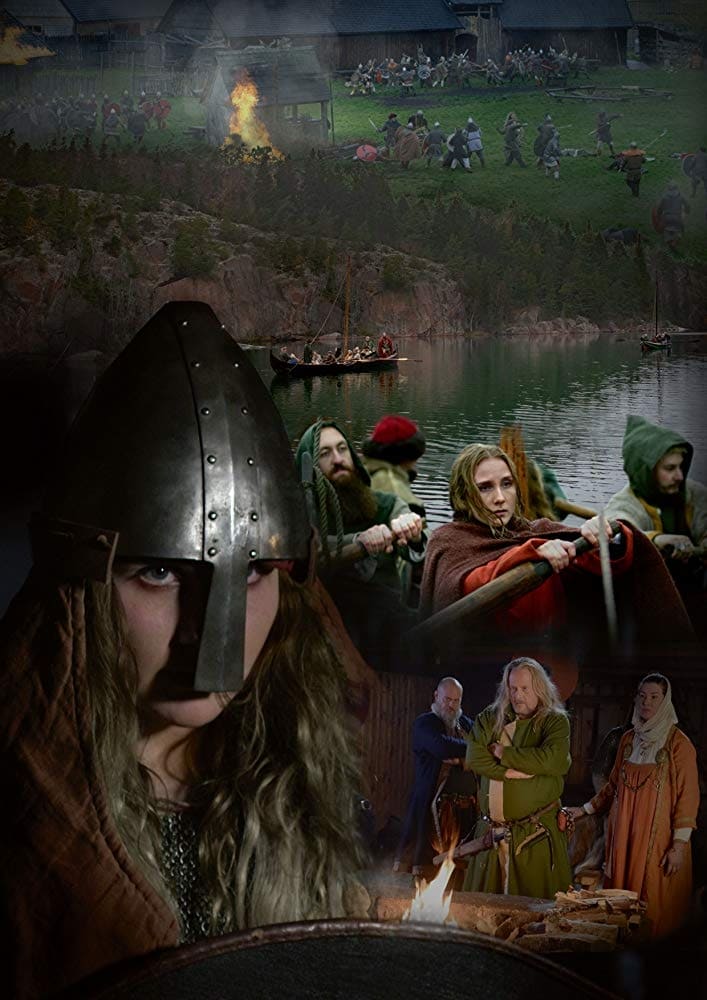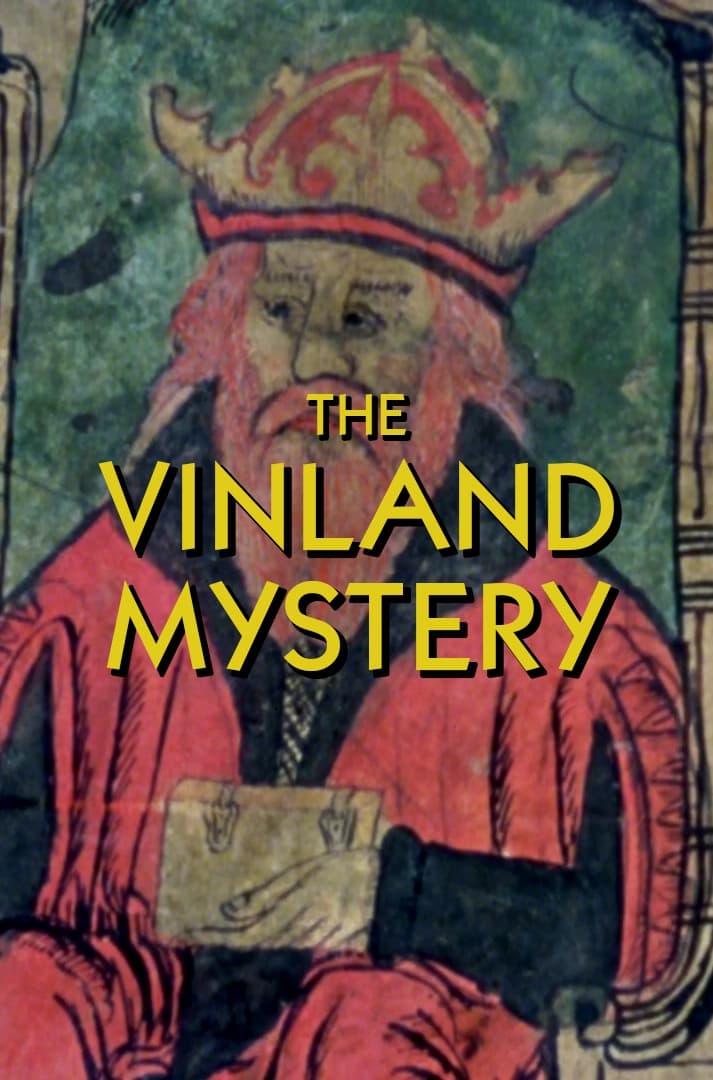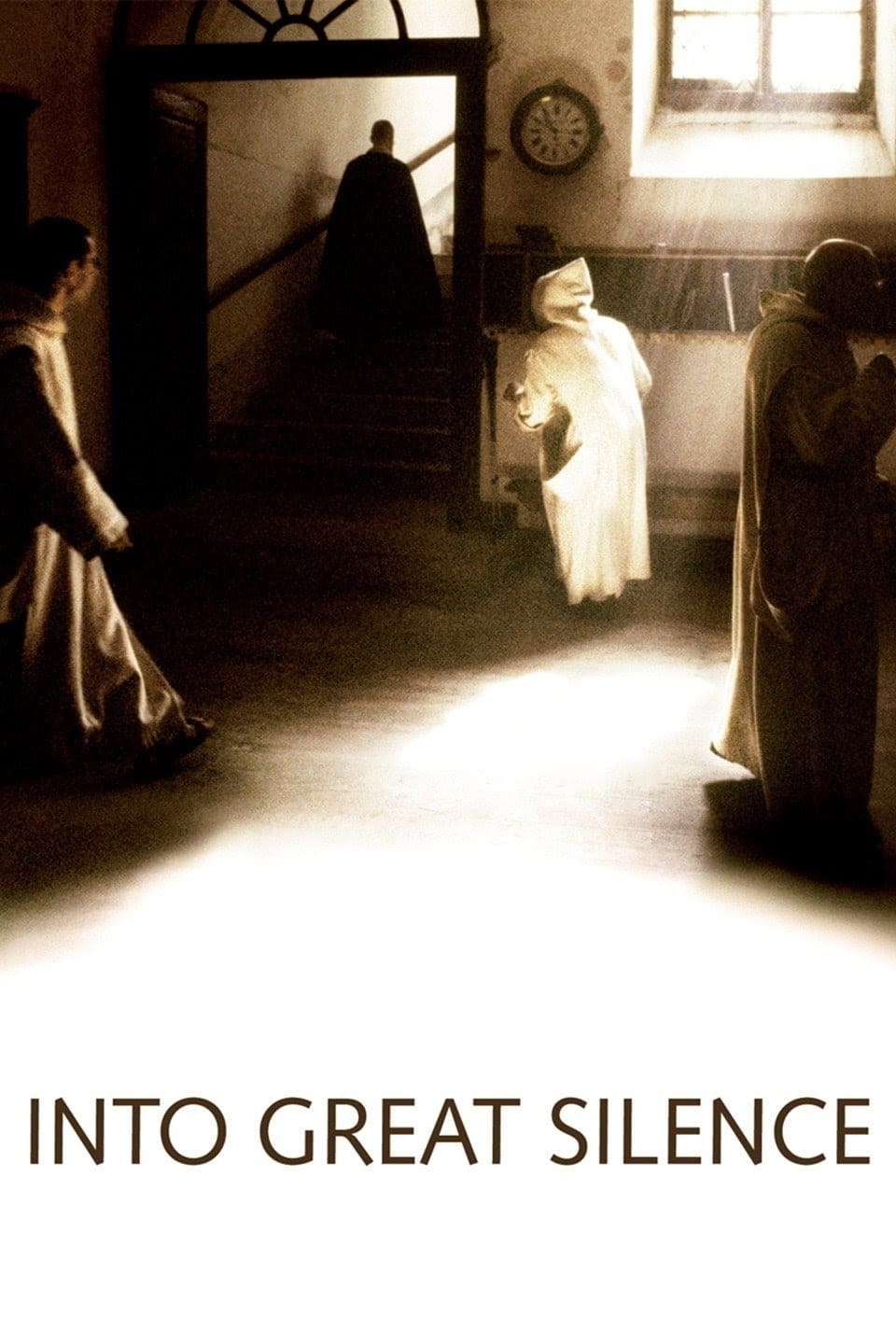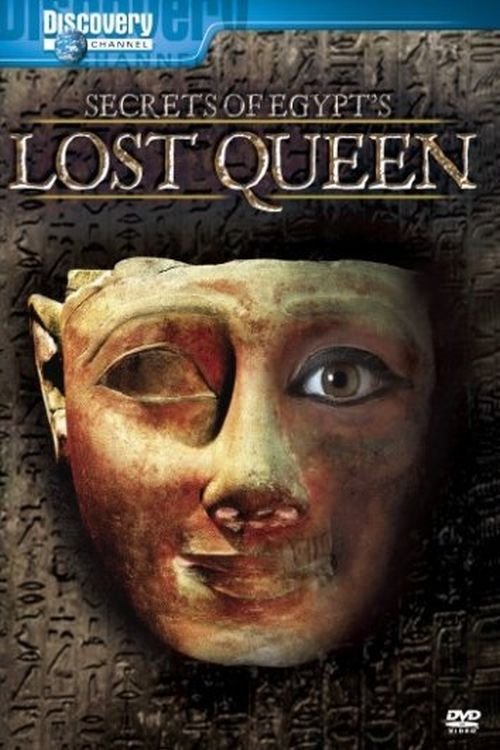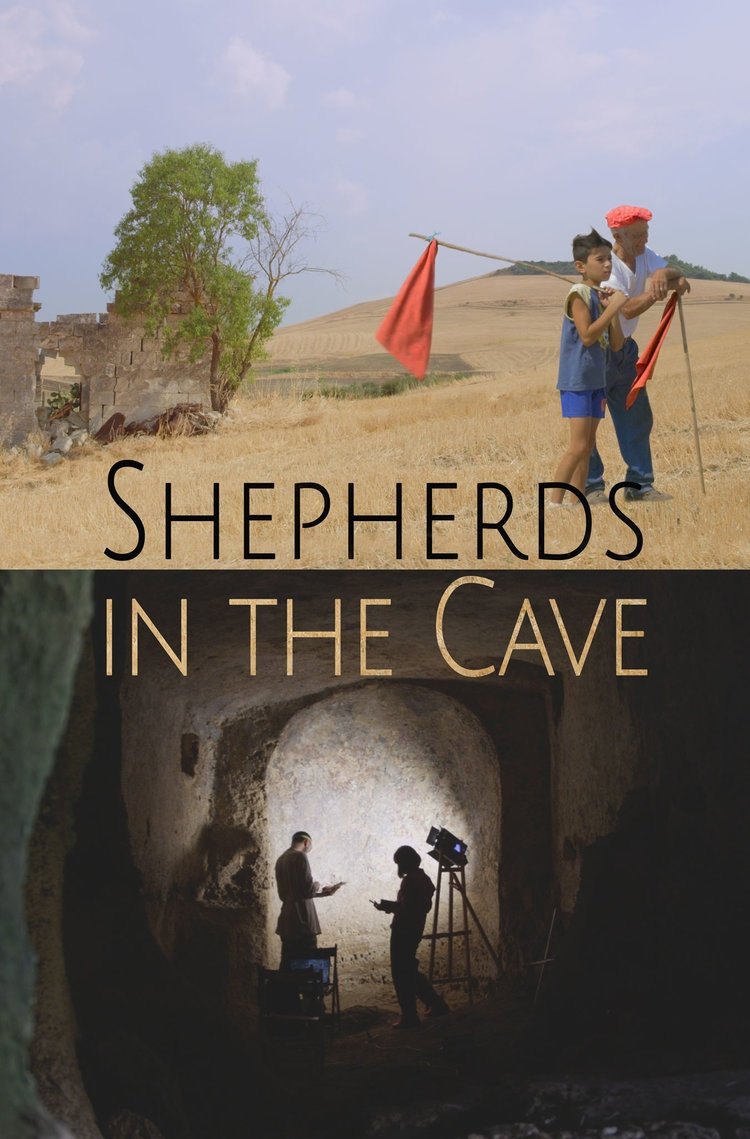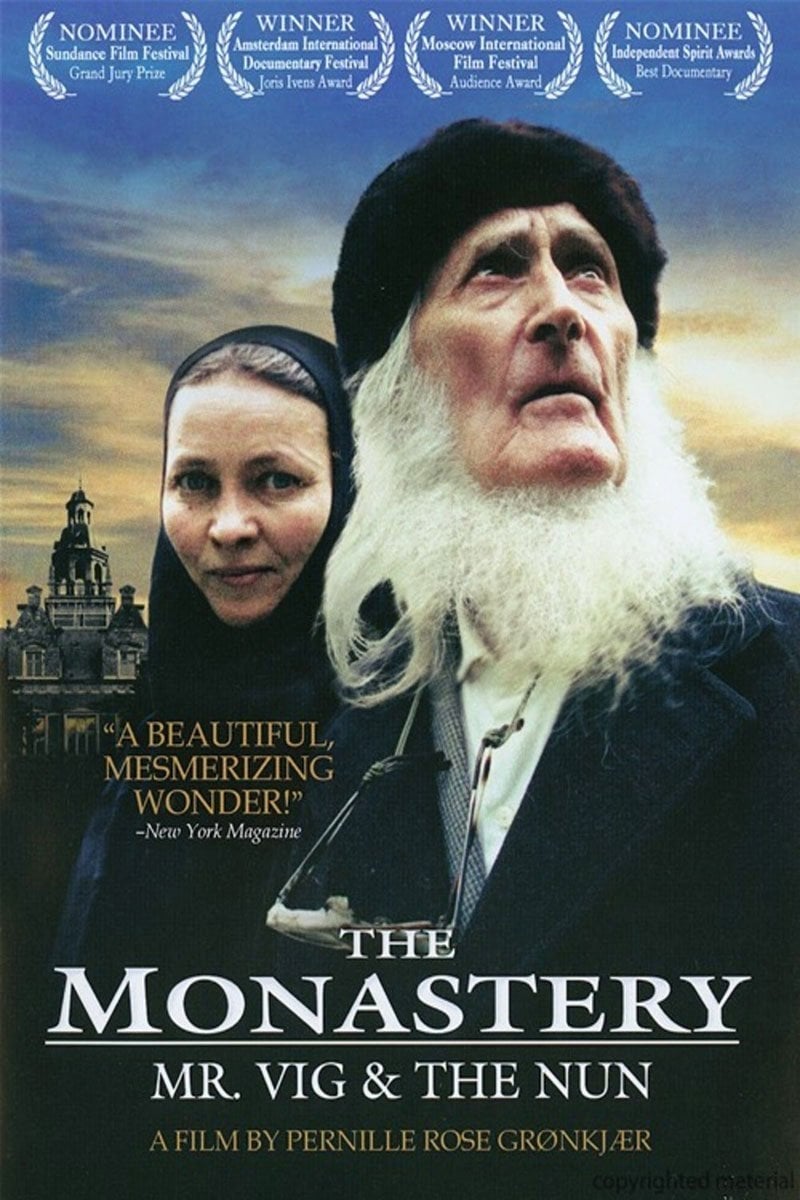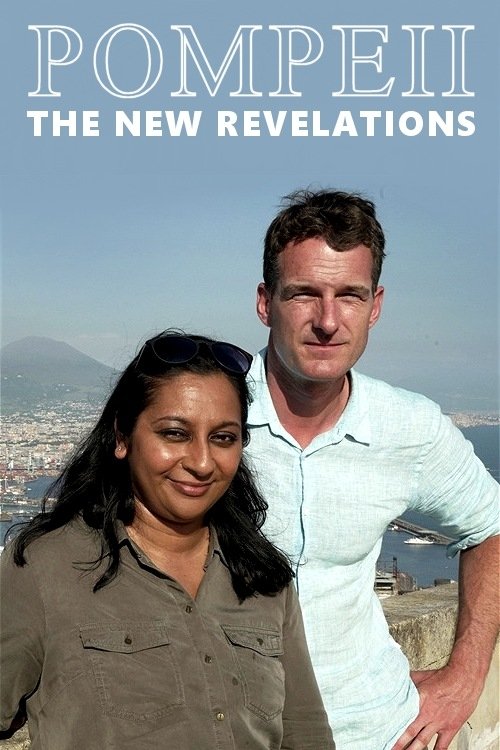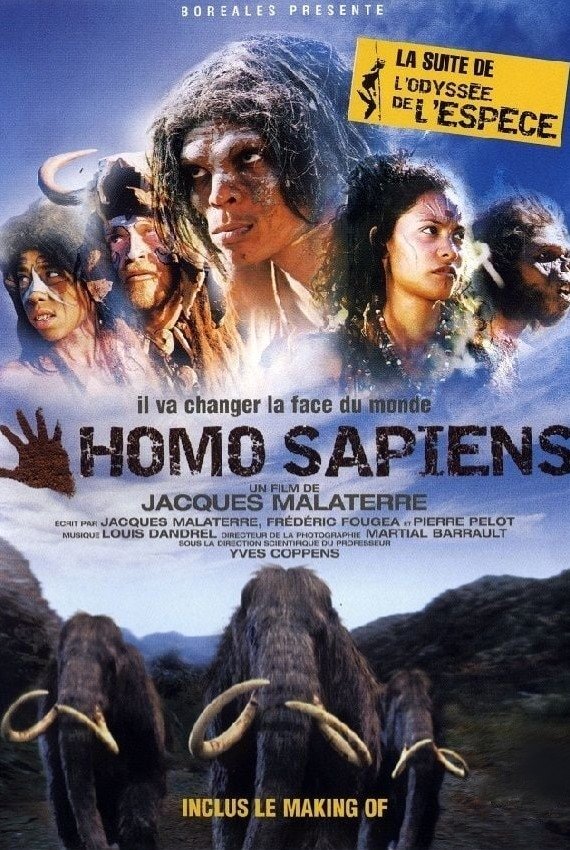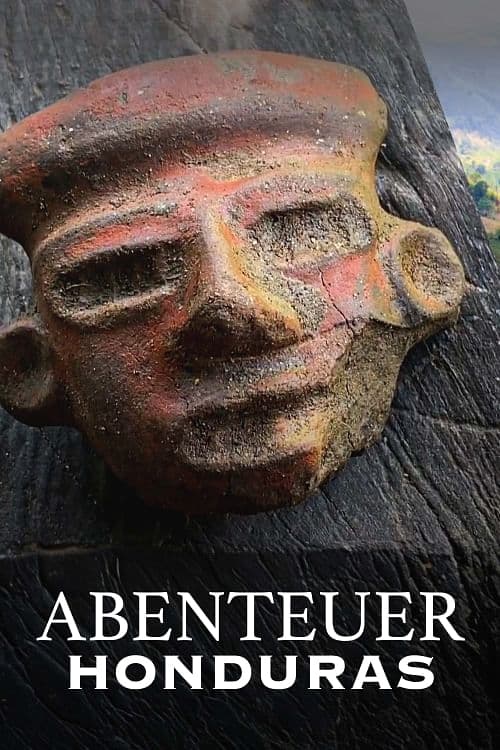Kláštorisko
Watch Movie
Share
Kláštorisko
2011
00.0(0 votes)
Documentary
Overview
Links & Resources
Social & External
Production Companies
Cast & Crew
7 members
Acting
Michal Slivka
Unknown Role
No Image
Acting
Ľuboš Záhorec
Unknown Role
No Image
Acting
Gabriel Hunčaga
Unknown Role
No Image
Acting
Barbora Skretowicz
Unknown Role
No Image
Acting
Adrián Szalay
Unknown Role
No Image
Acting
Magdaléna Sedláčková,
Unknown Role
No Image
Acting
Vladislav Laštovička
Unknown Role
No Image
Similar Movies
Recommended Movies

No Recommendations Yet
We're working on finding the perfect movies for you. Check back soon!
More movies coming soon
